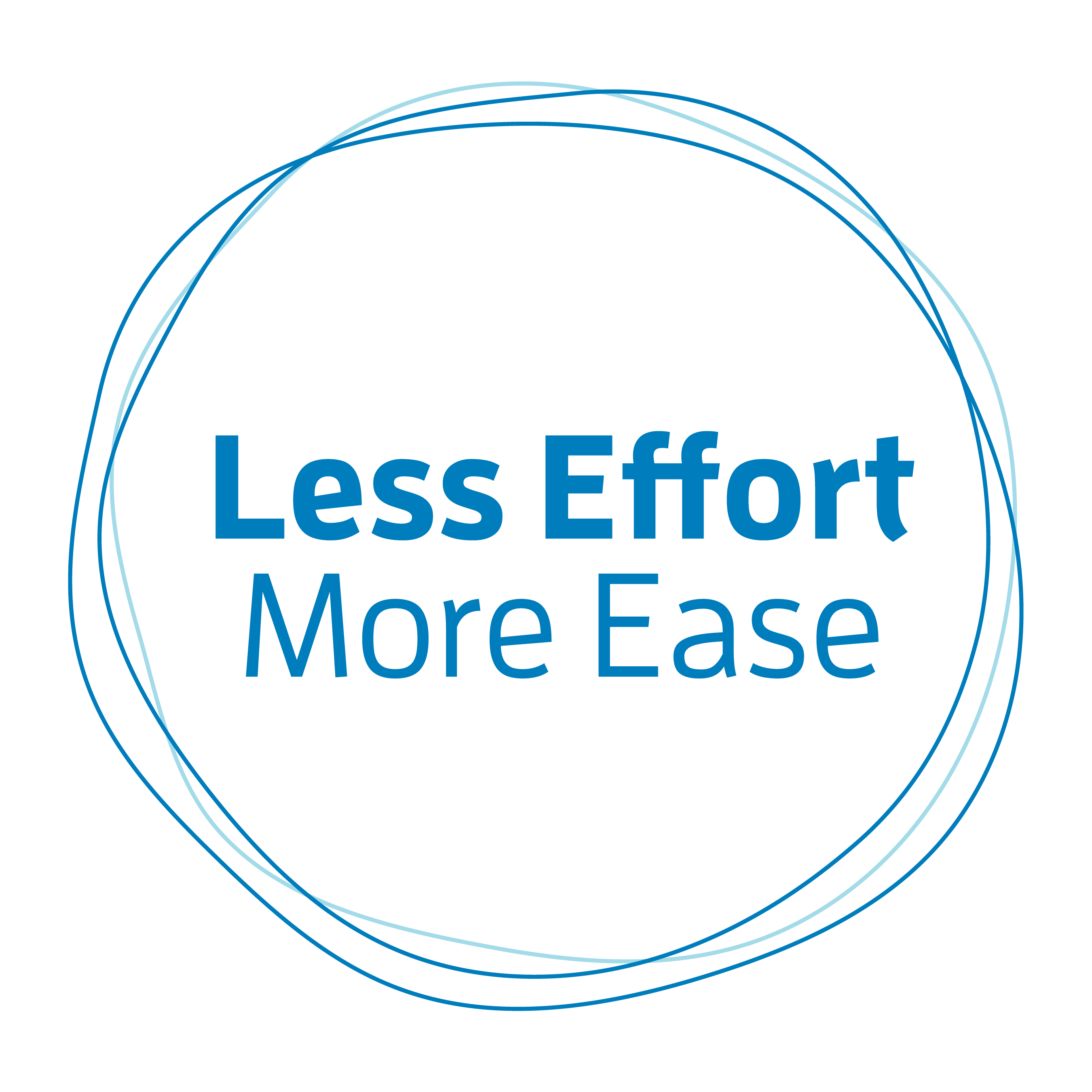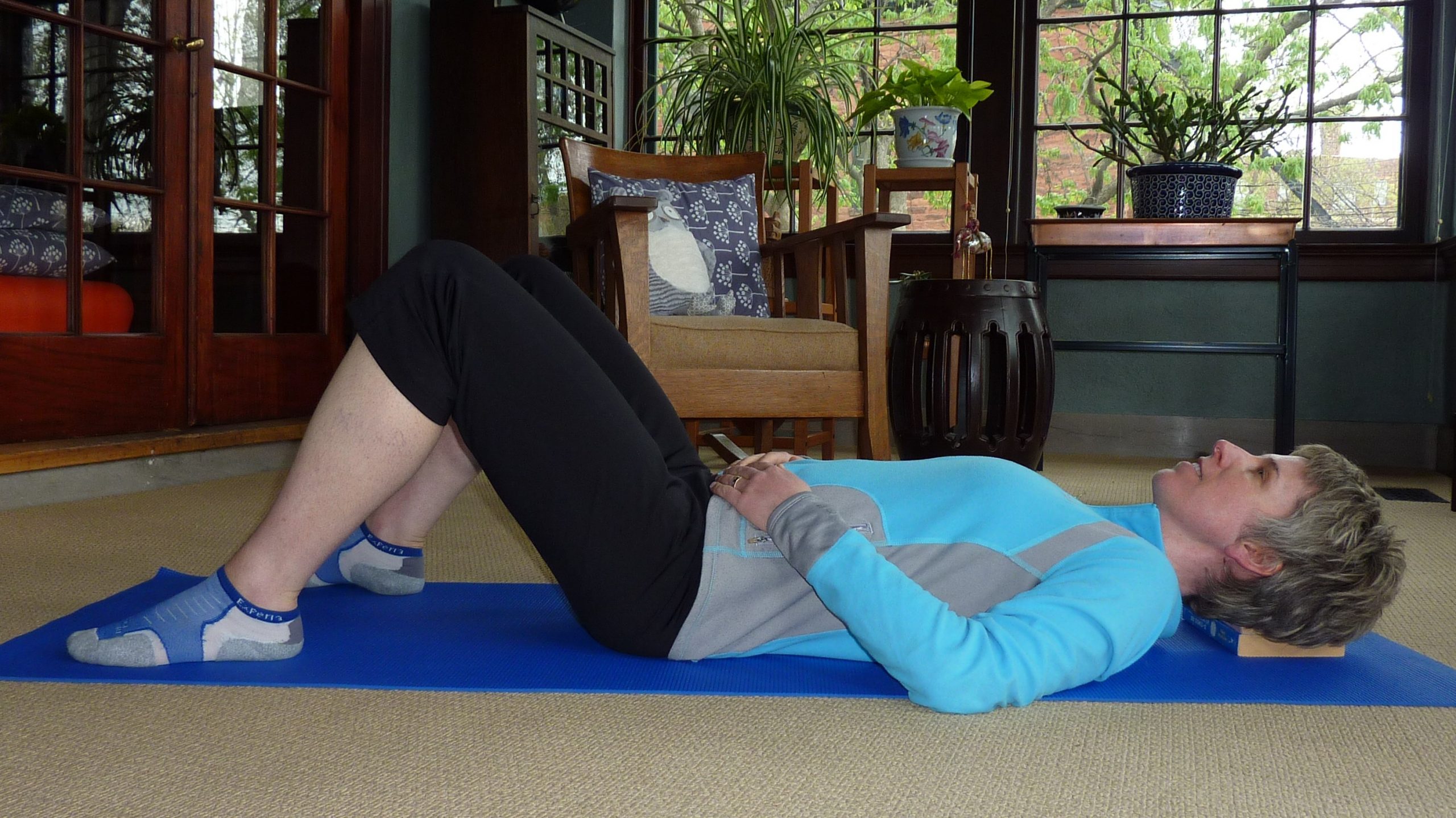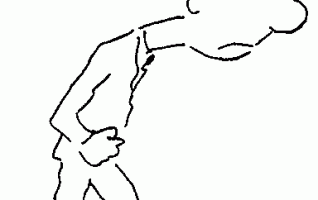Here are eight commonly asked questions and answers about Constructive Rest.
1) Why shouldn’t I do this on my bed or sofa?
A soft surface such as a bed or sofa that molds to your curves will not encourage the same release through your back as a firmer surface.
2) Can I listen to music while I do this?
This is a time to tune in to your body and your mind, not check out. Often we use things such as listening to music to completely check out. There is a time and place for this. Try just resting quietly.
3) I fall asleep when I do this. Is that a problem?
If you find you are consistently falling asleep you probably need more sleep generally. Take care of that need first by going to bed earlier.
4) Is it OK to lie down for longer than 20 minutes?
Yes. However, if you find you’d like to lie down for longer than 20 minutes, try doing two 20-minute sessions instead of one long 40-minute session. Do one in the morning and one in the late afternoon, for example.
5) Is it just as effective to do it once a week for a longer period of time?
No. It is sort of like brushing your teeth. Every day for a few minutes will be much more effective over time than a marathon stretch once a week.
6) When is the best time to do Constructive Rest?
Do it during the day. Don’t wait and have it be the last thing you check off your to-do list before you go to bed at night. Also, don’t discount the usefulness of doing it in the morning when your body is fresh. Many of us wait until we are tired or our back hurts to rest.
7) I keep getting interrupted by the phone ringing. What should I do?
Make a decision that the time you spend in Constructive Rest is a time you free yourself from any demands, including answering the phone. Turn it off if you can’t ignore it.
8) Should I keep my eyes open or closed?
It depends. Most Alexander Teachers will teach you to keep your eyes open. You want to get used to the idea that you can remain conscious and rest at the same time.
Most of us are so used to connecting being horizontal with zoning out and going to sleep that we ask you to keep your eyes open.
With some of my students, I will suggest that they close their eyes, not to sleep but so they can give their sense of sight a rest and better tune into the sense of their body’s contact with the floor. This is one very simple way to practice tuning into your body.
Sometimes it is easier to do this with your eyes closed at first. And this skill, of tuning in to your contact with solid objects is a skill to cultivate.




